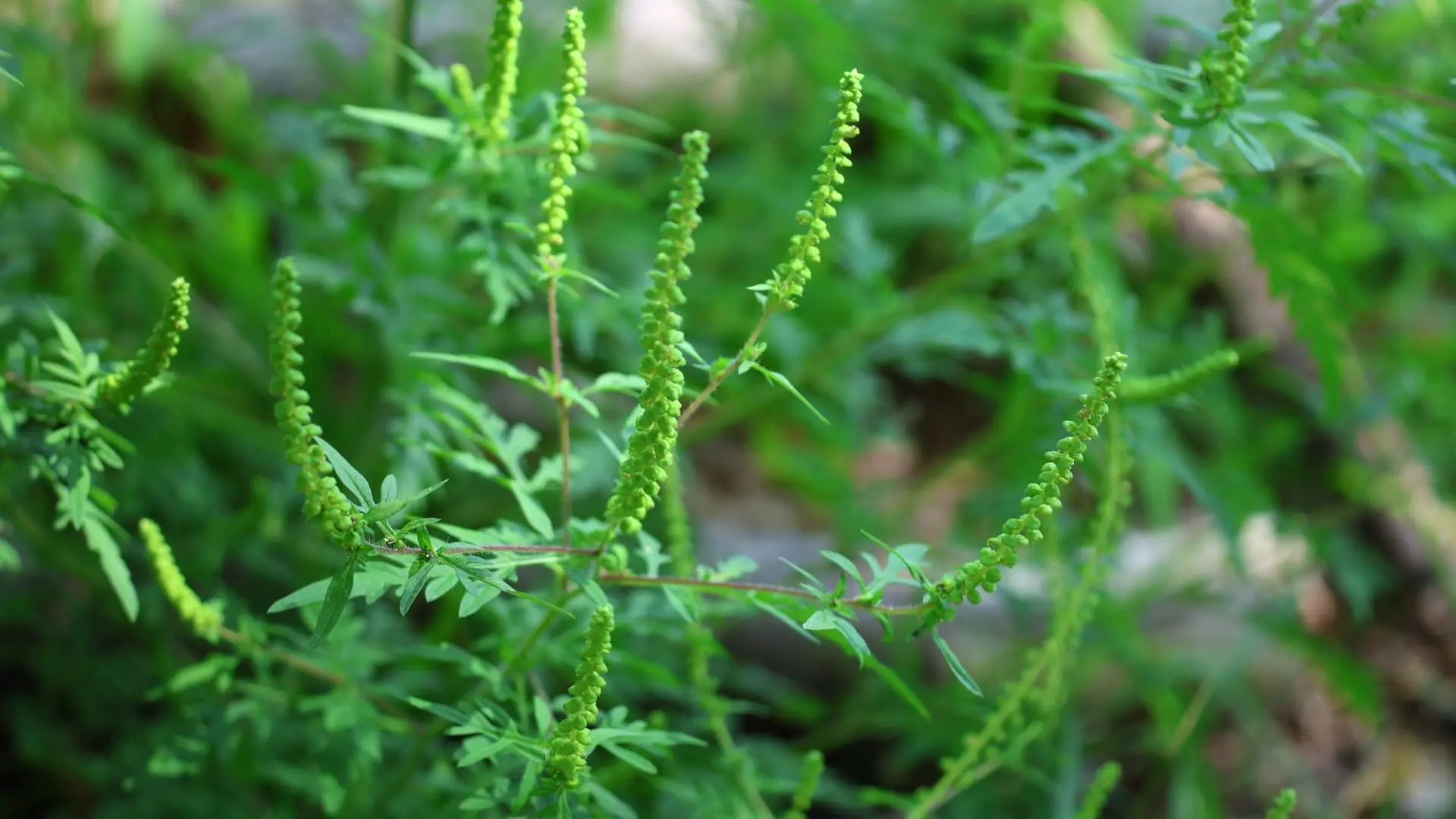Ragweed season has kicked off in Indiana
INDIANAPOLIS (WISH) — Ragweed season is an annual challenge for many Hoosiers, with pollen levels typically starting to rise in late August. As the season progresses, pollen counts usually peak by mid to late September, and the first frost, which often occurs in October, signals the end of the season. However, the intensity and duration of ragweed season can vary significantly depending on weather conditions.

Ragweed, a prolific pollen producer, thrives in certain environmental conditions. Typically, warm and dry weather contributes to a longer and more intense ragweed season. In these conditions, the plants can grow more robustly and produce more pollen, exacerbating allergy symptoms for those sensitive to it. On the other hand, wet and cool weather can limit the growth of ragweed and reduce the amount of pollen released into the air, potentially shortening the season and lowering its overall intensity.
It looks like conditions in the week to come are only going to favor an increase in pollen levels into the weekend and beyond.

Indiana’s weather this late summer has been a mix of semi-dry conditions with intermittent bouts of intense rain. While not drought conditions, these periods of rain have kept the soil moist enough to support ragweed growth without overwhelming the plants. This balance, coupled with moderate temperatures, suggests that Indiana might experience a typical ragweed season this year, though the exact severity can be difficult to predict.
Interestingly, the recent cool spell, with temperatures 5 to 10 degrees below average, might delay the peak of the season slightly. Cooler temperatures can slow the growth of ragweed plants and the release of pollen. However, as temperatures return to more typical levels for late summer and early fall, pollen counts are expected to climb, particularly in September.

For Indiana residents, this means that the next few weeks could bring significant pollen levels. Those who suffer from ragweed allergies should be prepared for the possibility of increased symptoms, especially during peak periods in September. Preventative measures, such as monitoring daily pollen counts, keeping windows closed during high pollen times, and using air purifiers, can help mitigate the impact.
In conclusion, while Indiana’s weather has been moderate this summer, it has created conditions conducive to a normal or slightly strong ragweed season. The key takeaway for Hoosiers is to stay vigilant, as the first frost—which traditionally marks the end of the season—could still be several weeks away. Until then, ragweed is likely to remain a significant presence in the region.
